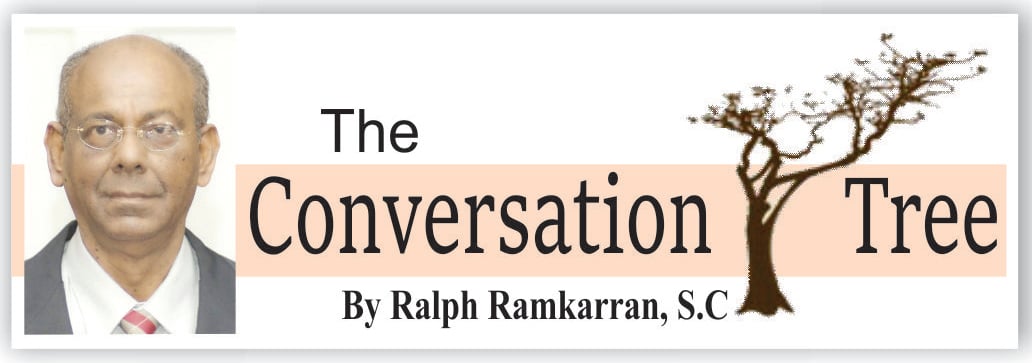In 1918-1919 the flu pandemic, caused by the H1N1 virus, saw 500 million people, or one-third of the world’s population, become infected. It is estimated that 50 million people died, 675,000 or whom were from the United States. In 2020-2021, so far, 119 million persons worldwide have contracted COVID-19. Some 67.3 million people have recovered and 2.63 million have died. This is nothing on the scale of 1918-1919, but smaller scale epidemics have alerted experts and governments that a larger outbreak like COVID-19 was possible. Little preparation has been made.
Epidemics are as old as history. In the 14th century, a microbe called Yersinia pestis caused an epidemic of plague known as the Black Death that killed a third of the population of Europe. Some attribute the resulting shortage of workers as hastening the end of feudalism. Research into the origins of Yersinia concludes that it emerged as far back as the 6th century in the Plague of Justinian, which weakened the Byzantine Empire. More recently a new study found that the bacterium was infecting people as long as 5,000 years ago. Studies also reveal that plagues may have been responsible for waves of migration as regions became devastated and populations departed for more hospitable areas. (Carl Zimmer (NYT) Oct. 22, 2015).
A pandemic is not within the lived experience of anyone alive today. It has been therefore frightening as efforts are being made across the world to contain its spread, even as more contagious strains are developing. It is in the United States, where the measures required to limit its contagious effect have been highly politicised. Consequently, the US suffered a proportionately higher rate of infection and death than other developed countries. But it is US scientists who first developed several vaccines, which are now being widely administered. Other countries, such as the UK, China and Russia, have developed vaccines which are being given to their populations. China had had the greatest success so far. Cuba is testing two vaccines and, if successful, as is likely, will be producing soon.
I got my COVID-19 vaccine on Thursday last after I became aware that it was publicly available for persons over 60. I got a temperature the evening and it continued very moderately for part of the following day. My upper left arm in which I received the injection was slightly sore and still is as I am writing on Saturday morning. But it is barely noticeable. While these symptoms were uncomfortable, they were bearable. I did not go to work the following day, Friday, but I was well enough to complete a considerable amount of work at home. My wife, Janet, had no symptoms whatsoever, and neither did my brother’s 91-year-old mother-in-law.
I offer this information because I believe that a large number of people, including senior citizens, are afraid to take the vaccine. This is unwise. All the world’s recognized experts have said that the vaccines are safe and it is vital that they be taken to protect against COVID-19, which can be fatal, and to prevent its spread. There was an issue with the Astra Zeneca vaccine due to allegations that a few persons developed blood clots after receiving it. However, the vaccine was developed in Britain and the British Government has reiterated its safety. The World Health Organization has said that there is no evidence that the blood clots are linked to the vaccine.
In Guyana, we are currently receiving the AstraZeneca vaccine, donated by India, where it is manufactured under licence, and the Sinopharm vaccine, donated by China. For those who question the effectiveness of Sinopharm, the evidence is that China has had the greatest success in eliminating COVID-19 by the use of Sinopharm. If it is safe and effective for the Chinese people, it is safe for everyone else. Noticeably, we have received vaccine supplies, however modest the quantities, from developing countries, that have been the first to come to our assistance. Rich countries, which are producing the most vaccines, and can easily share, have been noticeably reticent in their consideration of countries that cannot afford vaccines or have no access to them. Many developing countries, particularly in this region, will have to rely on Cuba as soon as it starts production.
Guyana has had 9,069 cases with 206 deaths as of Friday. 8,265 persons have recovered. Large scale testing was not possible because of lack of resources so that the number of cases may be significantly underestimated. Not so the number of deaths, even though these could be somewhat underestimated. We can conclude, therefore, that Guyana has been spared the worst ravages of the pandemic. But this is no reason to relax our efforts. Too many people still do not wear masks. Too many people still wear masks improperly. Too many people do not observe social distancing. It will take most of this year to have everyone in Guyana vaccinated. It is, therefore, vital for all safety protocols to continue to be observed. And I urge everyone to get their vaccines as soon as it becomes available for your group. It’s a killer and if you are reckless, negligent or fearful, you are risking your lives and those closest to you.






